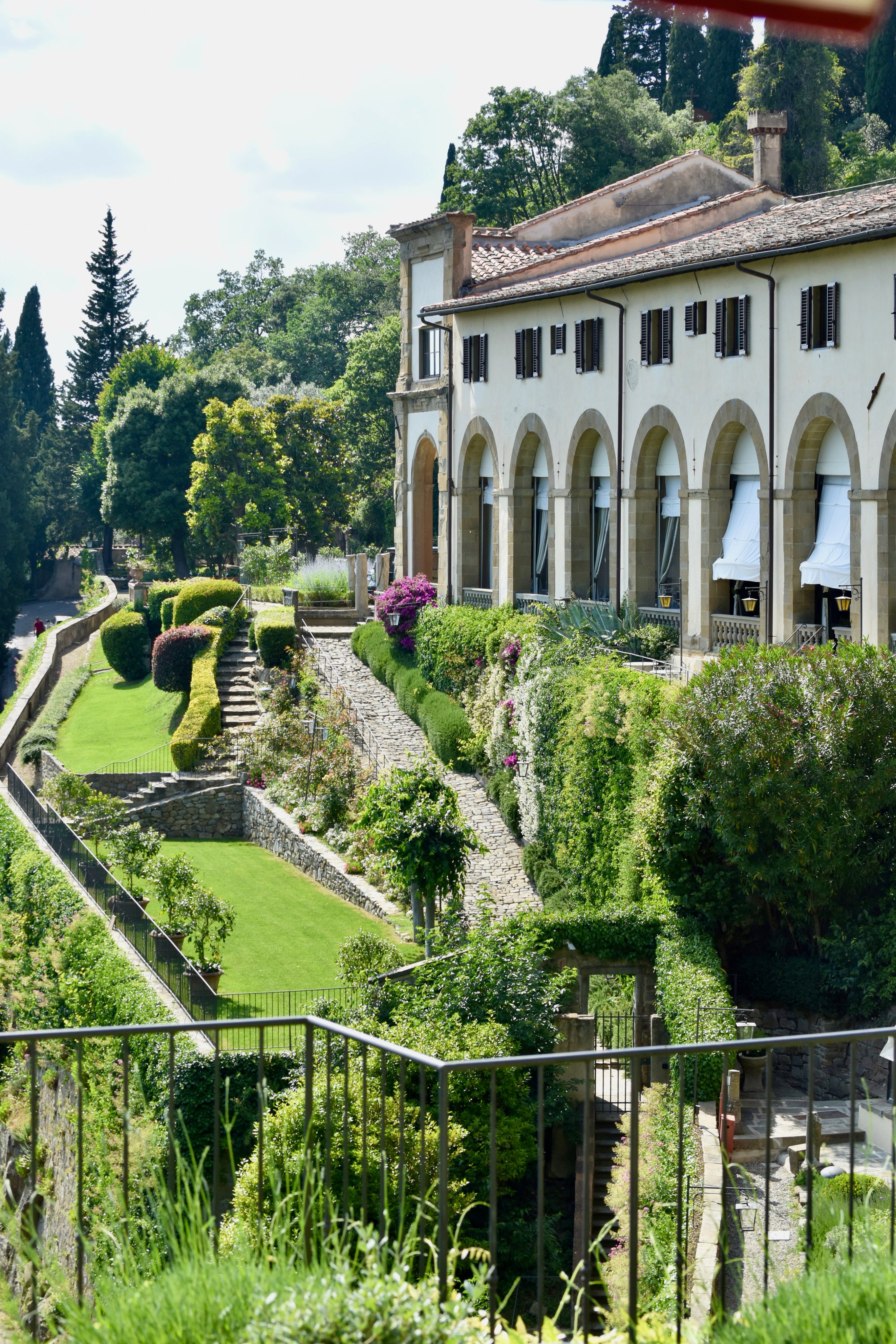
- Just 5km from Florence, verdant Fiesole, haunt of Dante, Charles Dickens and more, has handsome villas, historic buildings and hotels that preserve their pasts
On the forested slopes below the Italian town of Fiesole, Lucy Honeychurch, the heroine of E.M. Forster’s 1908 novel A Room with a View, stumbles into a clearing bright with violets.
George Emerson, who had been quietly admiring the view before her intrusion, is so overwhelmed – “he saw radiant joy in her face, he saw the flowers beat against her dress in blue waves” – that he throws social propriety to the wind and kisses her.
This Tuscan scene is pivotal in the stuttering romance between George and Lucy, a relationship George’s father hopes will ease his son’s brooding anxieties.
Emerson Snr urges Lucy to assist George through his inner conflicts to a sense of peace and joy; in what is surely one of the great lines of modern literature he says: “Make him realise that by the side of the everlasting Why there is a Yes – a transitory Yes if you like, but a Yes.”
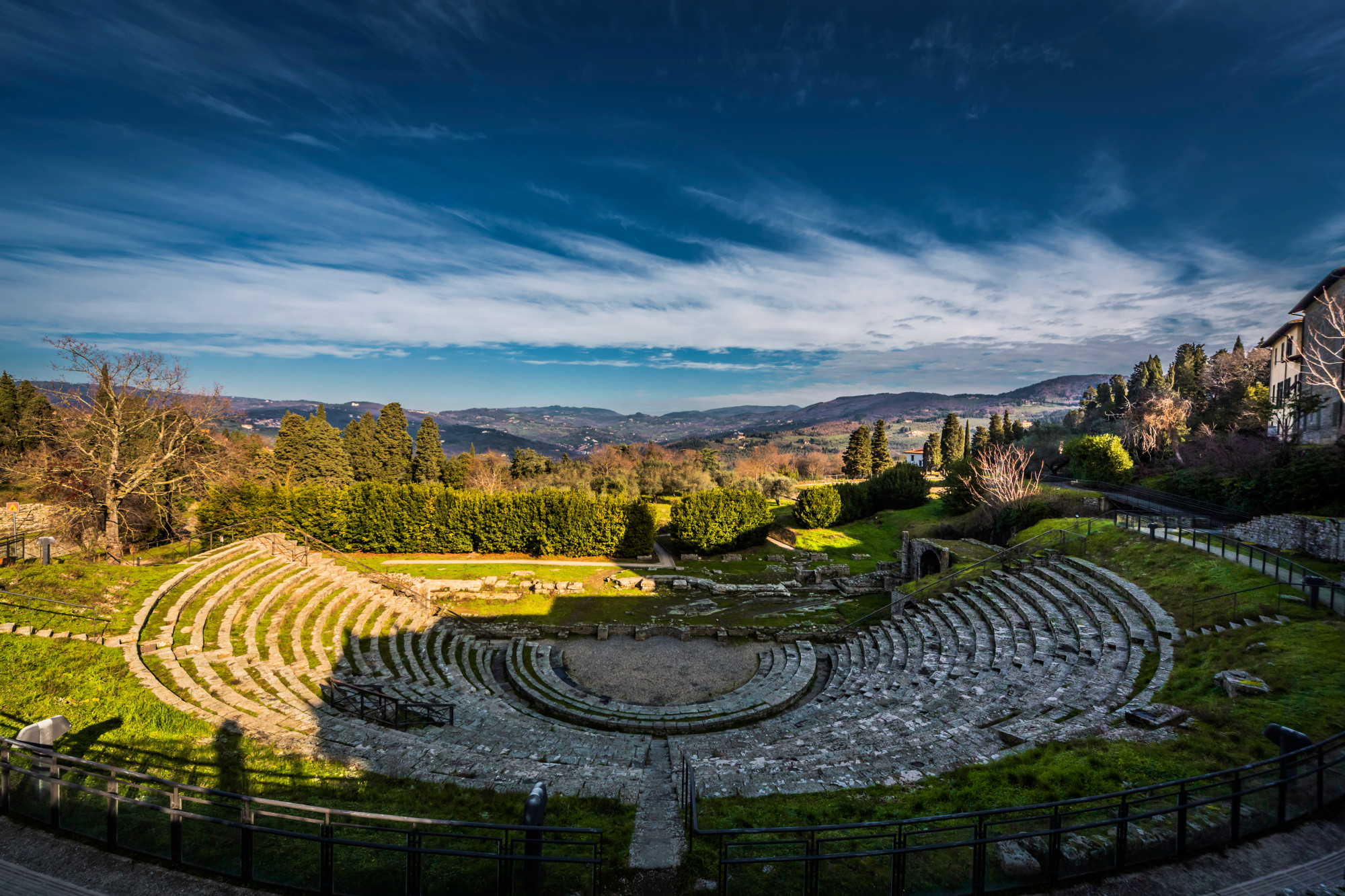
This is not the only literary appeal for the affirmative that has echoed through the air of Fiesole, whether in the imaginary spring breezes of a book or the still heat of a real-life summer.
In the same year that Forster’s classic was published, American writer and feminist icon Gertrude Stein climbed a hill above Fiesole with Alice Toklas, who was also holidaying in Tuscany for the summer.
The two were powerfully attracted to one another and, stopping in the heat, Stein asked Toklas to marry her. Stein, then 34, and Toklas, 31, were from that moment symbolically wedded and referred to themselves as “husband” and “wife” for the remainder of their lives.
World’s best hotel named in La Liste’s inaugural accommodation rankings
There is something about the atmosphere of Fiesole, with its countryside remove, handsome villas and gardens tucked behind cypress and cedar, that heightens the senses and inspires the meeting of souls and the tracing of pen on paper.
Over the centuries, it has attracted a long list of writers, from Dante Alighieri to Charles Dickens, and André Gide to Edith Wharton. Artist Paul Klee and architect Frank Lloyd Wright also spent time here.
Not all creatively inclined visitors have been enamoured, however: author Aldous Huxley rather mockingly dismissed Fiesole and its wealthy 1920s Anglo-Florentine bohemia as “villadom”.
Today’s visitors are likely to appreciate the appeal of Fiesole’s villas less as an escape from the constrictions of polite society and more from the tourist-crowded streets of Florence, which is just 5km (three miles) away but feels farther.
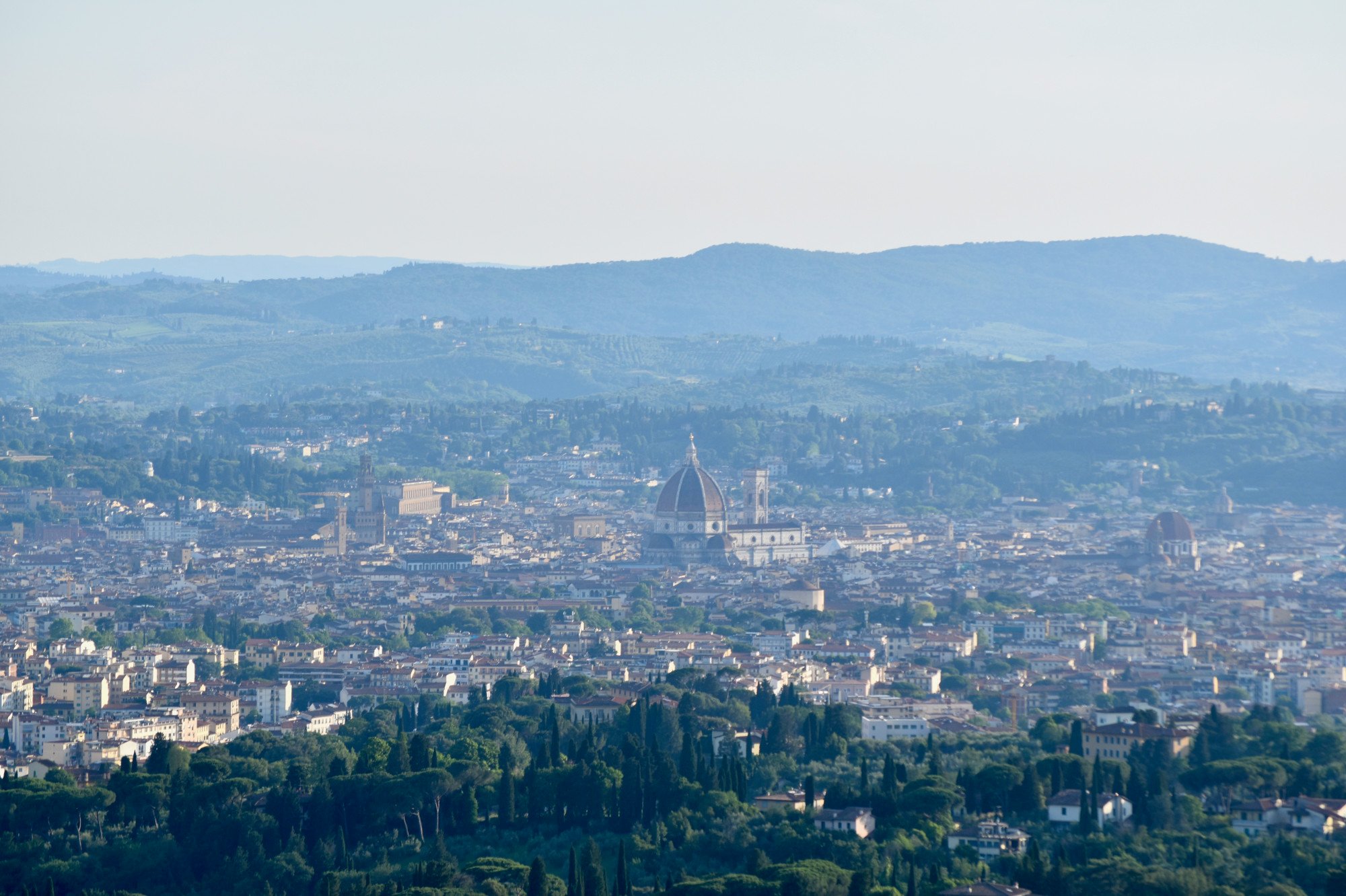
Several of the villas, some of which date to the 14th century, have been converted into boutique hotels and preserve their pasts while offering a full suite of modern requirements, from swimming pools and restaurants to yoga classes and cocktails.
The Villa San Michele, A Belmond Hotel, is in a building erected in the early 15th century as a monastery for Franciscan friars. It was renovated and enlarged in 1600, with a facade attributed to Michelangelo, and an imposing loggia, or covered terrace, that looks out over Florence.
I take in my first Tuscan sunset from a table within that loggia, the stone walls softened by tasselled curtains that frame the view.
At La Loggia, executive chef Alessandro Cozzolino, previously chef de cuisine at Grissini, at the Grand Hyatt Hong Kong, serves an elegant multi-course tasting menu that captures the flavours of the region.
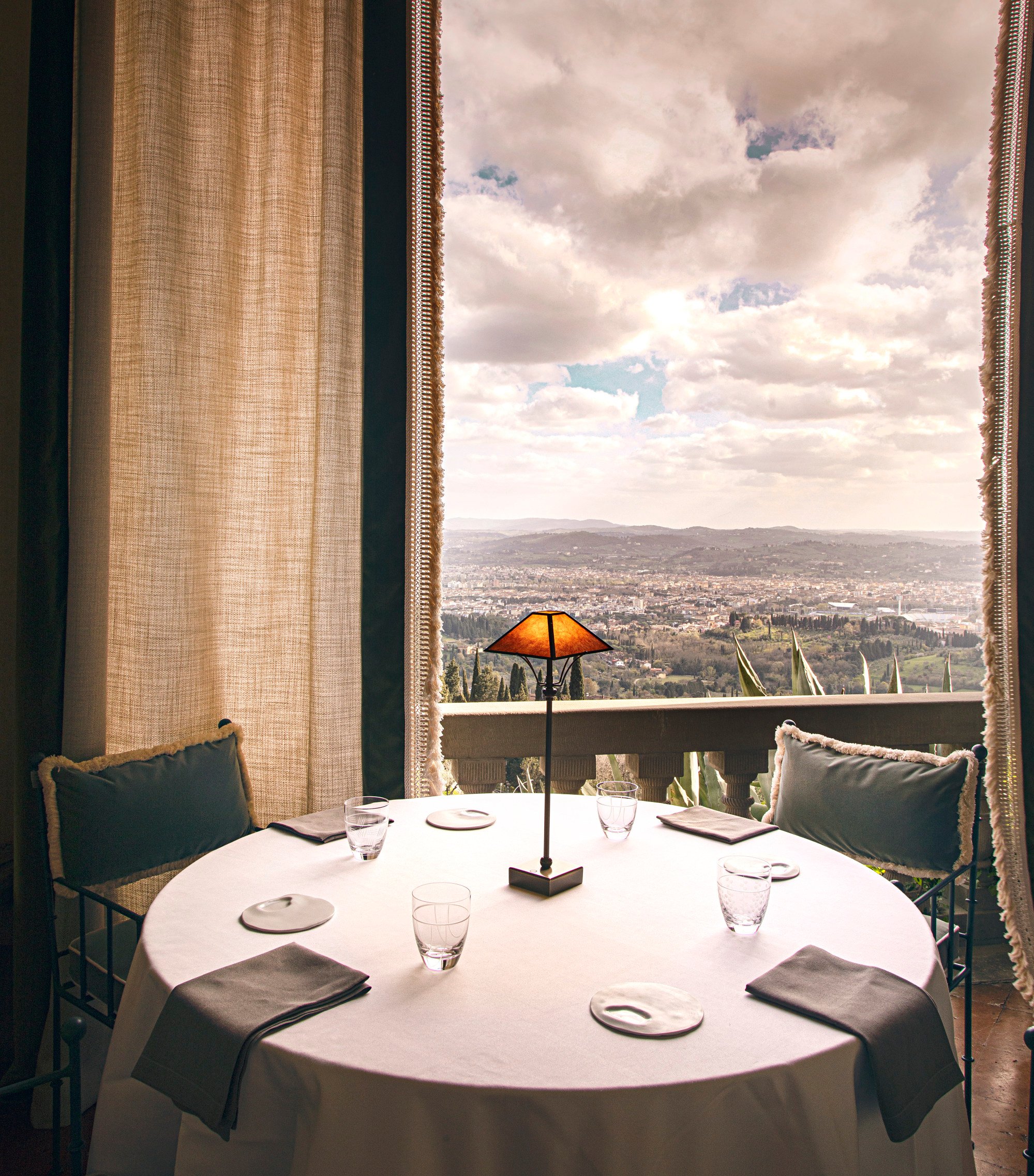
Over dishes such as Ricordo d’infanzia (“childhood memory”), comprising Florentine pork sausage flavoured with wild fennel, charcoal pepper risotto with matured pecorino, and cream of aromatic herbs, I watch the light over Florence soften in shades of orange, then pink, then blue.
I am reminded of Henry James’ description of the view from Fiesole in Italian Hours (1909), a collection of travel essays that the author had written over nearly 40 years about the country he knew well and loved more.
“The hollow in which Florence lies, and which from below seems deep and contracted, opens out into an immense and generous valley and leads away the eye into a hundred gradations of distance.
“The place itself showed, amid its chequered fields and gardens, with as many towers and spires as a chess-board half cleared. The domes and towers were washed over with a faint blue mist […] the Arno, twisting and curling and glittering here and there, was a serpent cross-striped with silver.”
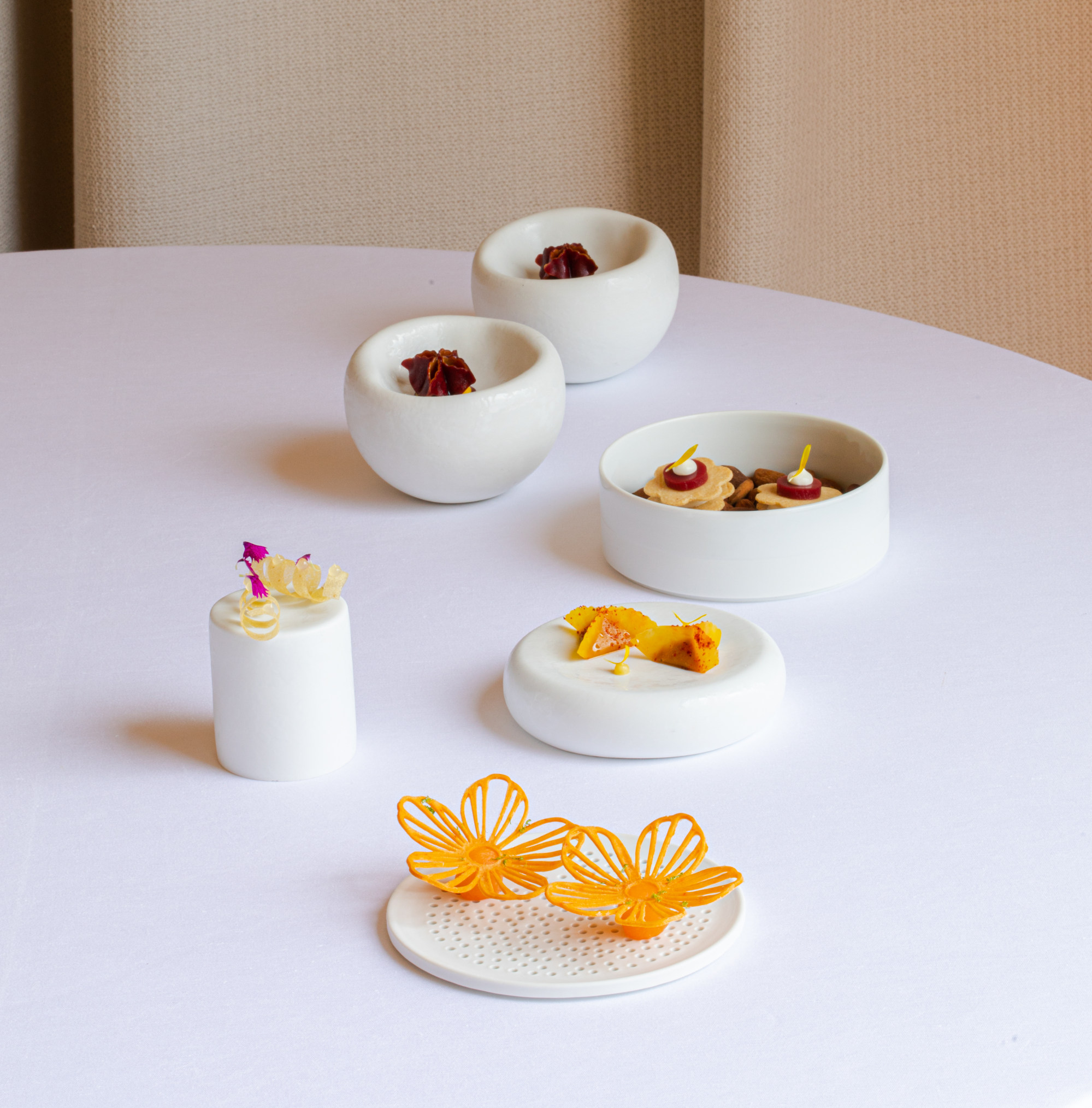
I am driven alongside the Arno River one morning in a bouncy Piaggio Ape, Italy’s iconic three-wheeler.
My driver had hurtled us down the winding roads from Fiesole, through olive groves and orchards alive with birdsong, to the busy streets of Florence, passing the famous bridge, the Ponte Vecchio.
We circle the magnificent Duomo, or Cathedral of Santa Maria del Fiore, with its striking green, pink and white stripes, and dome by Filippo Brunelleschi.

I make a special request to stop at Piazza della Signoria, to see the wonderful Fountain of Neptune, and we sample the Tuscan delicacy of cantucci – crunchy almond biscuits that are dipped in sweet vin santo – at Leonardo, a family-run biscotti business dating from the 1960s.
Florence was the birthplace of Gucci, Roberto Cavalli and Emilio Pucci, among other renowned fashion brands, and the city exudes a chic sophistication.
Well-dressed shoppers seek out the latest looks in the cool interiors of designer shops and young fashionistas chat perched on the edges of ornate water fountains or sip negronis under parasols in the piazzas.
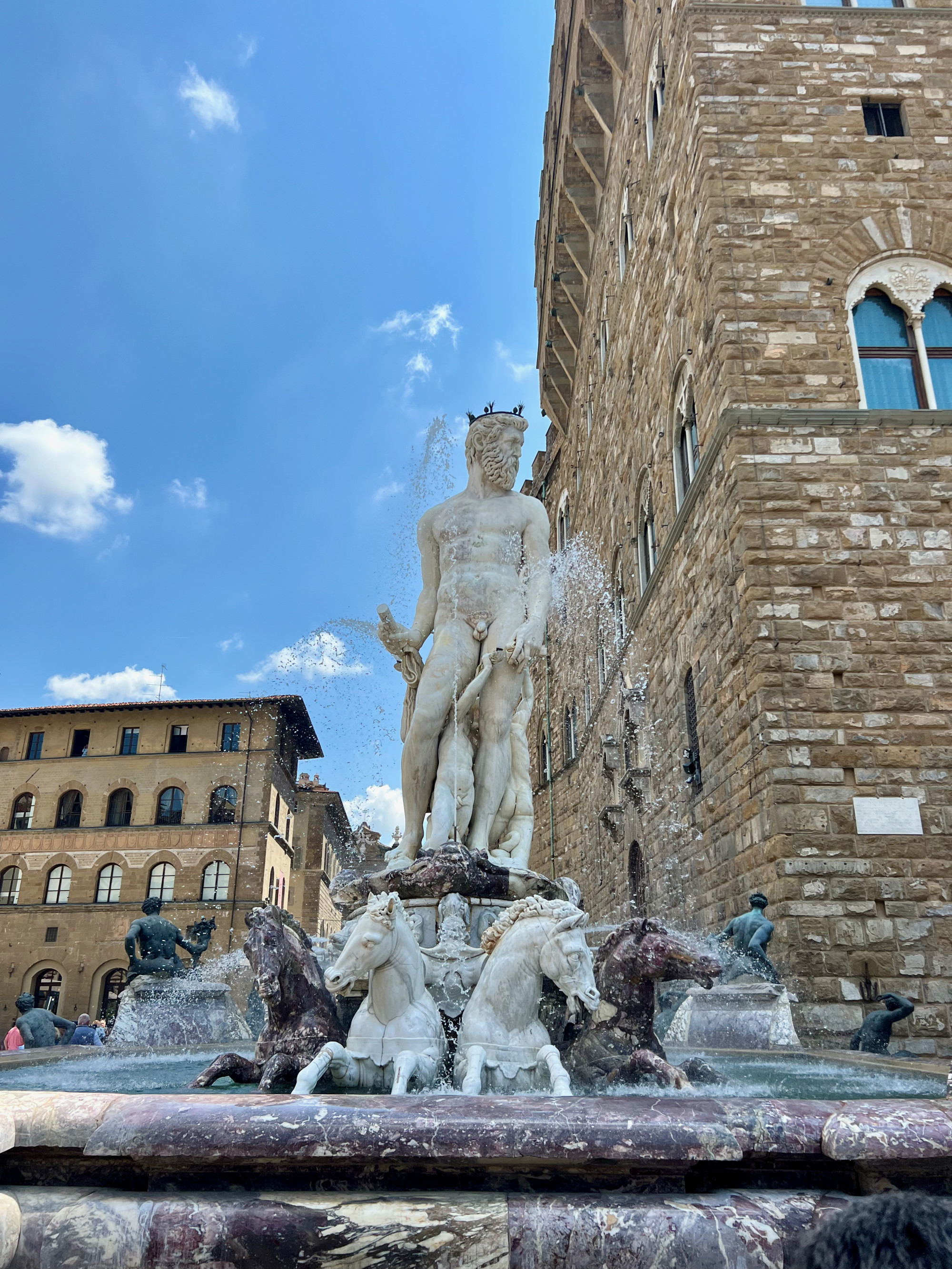
Florence has also been the home of the Salvatore Ferragamo brand since 1928, and the family own the Villa Il Palagio di Maiano, in Fiesole.
The two-storey building, which dates at least to the 11th century, is flanked by two, tile-topped turrets and has a long row of shuttered windows that look out over the city below.
Perhaps the Ferragamos were attracted to Fiesole by its green hills. Although Florence’s sights and flavours are a marvel, plant life is notably absent from the historic centre. Even the ancient ruins that lie in the heart of Fiesole town are verdant with grass and wild flowers.
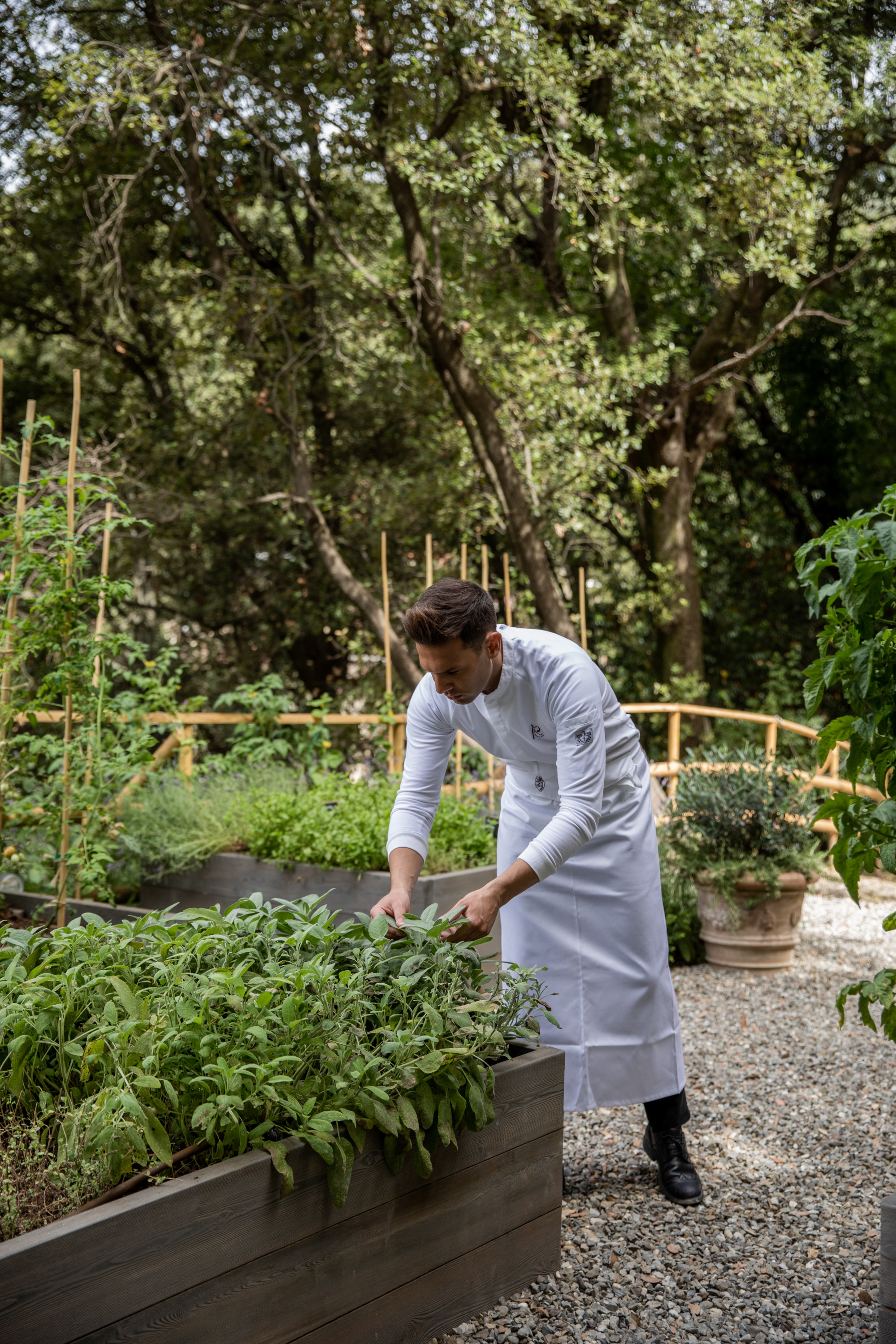
Archaeologists believe Fiesole was founded during the 9th century BC, as it was a chief city of the Etruscan confederacy.
The remains of an Etruscan temple, probably dedicated to the goddess Minerva, still stand, while the remarkably well-preserved Roman Theatre, dating from the late 1st century BC, is used today for concerts.
It is an extraordinary feeling to take a seat on the stone amphitheatre and look out at the wooded hills beyond knowing that inhabitants of Fiesole have done so for more than 2,000 years.
Fiesole Cathedral, dedicated to the town’s patron, Saint Romulus (twin brother of Remus), was founded in 1028 but rebuilt in 1466 and is worth a short visit.

More interesting is the Convent of Saint Francis, which was built on a small hermitage dating from 1399.
Unexpectedly, the museum at the convent contains an Egyptian mummy along with Chinese artefacts in porcelain and jade. The collection was put together by fathers doing missionary work in Africa and Asia.
Even in medieval times, Fiesole sparked the imagination of writers. In the 14th century, it was a literary refuge in author Giovanni Boccaccio’s The Decameron: a group of 10 young women and men flee from plague-ridden Florence to a deserted villa in the countryside to escape the Black Death.
US$27,000 a night for a train trip? ‘Luxury cruise on rails’ coming to Italy
To pass the evenings, they tell stories of romance and tragedy, comedy and drama.
Back at the Villa San Michele, Cozzolino tells his own romantic comedy in the bakery that overlooks the tiered gardens of the hotel. He has used the same sourdough starter, or mother yeast, for his baked goods for almost a decade, keeping it alive through daily feeding.
He calls the starter Marina, and says theirs is a match made in heaven.
Over breakfast of his airy pain au chocolat, I have to agree.
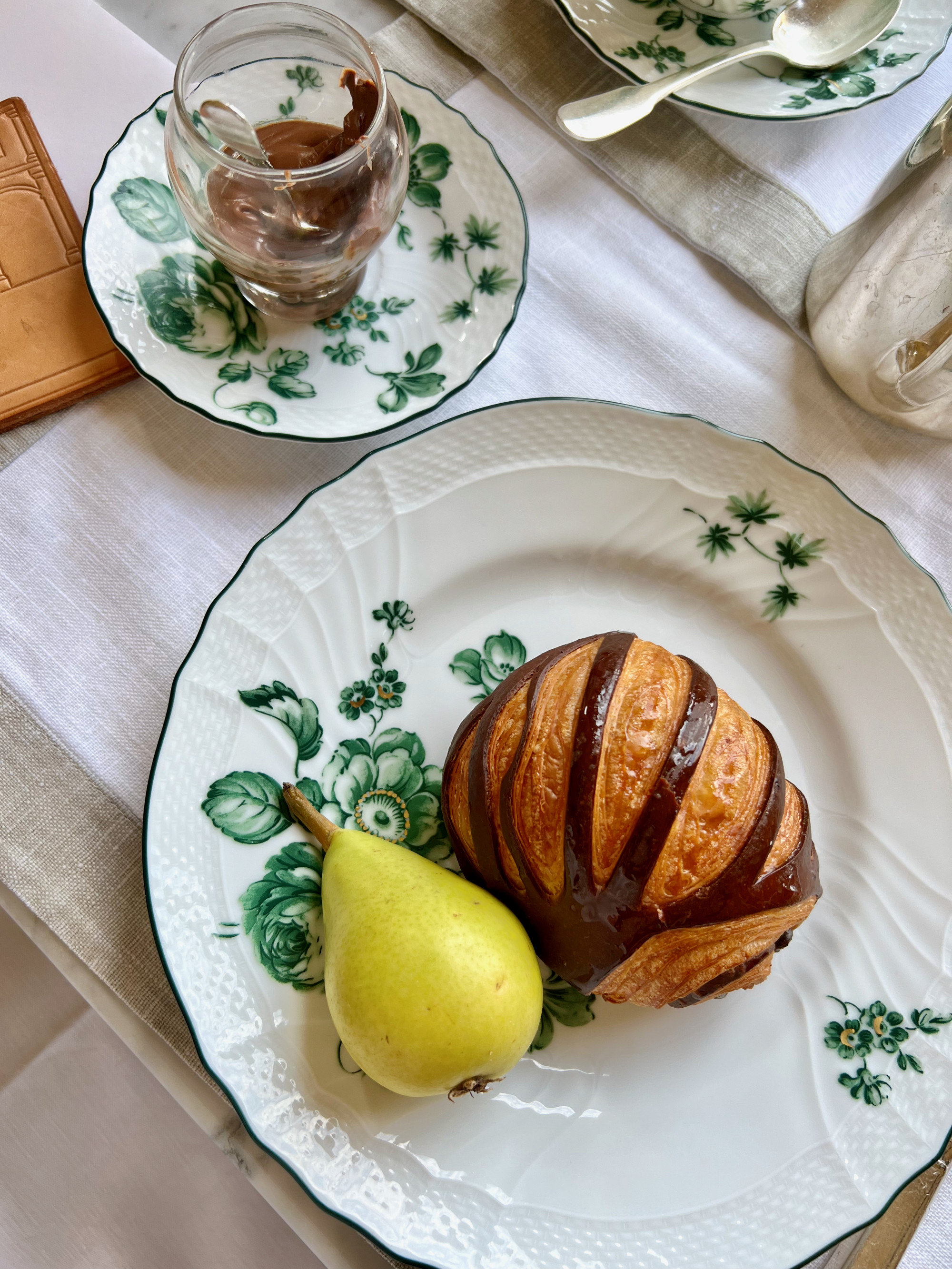
Life is about stories – whether used merely to entertain, or to make sense of the world. They help us to reach hearts and minds, beyond social restrictions and across time. While Fiesole may not provide the answer to the eternal Why, it has, through its stories and through the centuries, continued to provoke a Yes.
As I head to the airport, a tightness in my stomach from having to say goodbye, I think of Hermann Hesse’s 1904 novel, Peter Camenzind, about a young man trying to discover the nature of his creative talent.
“On the high ground beyond, white and warm in the sunshine lay lovely Fiesole, and all the hills were pink and white in the full flower of the fruit-blossom season. The gay, innocent life of Tuscany rose up miraculously before me and I felt more at home there than I had ever felt on my native heath.”
My visit may be ending but the romance with Fiesole continues. The life-affirming positivity that my escape to the hills has instilled in me may be transitory, but for now, it is real.

